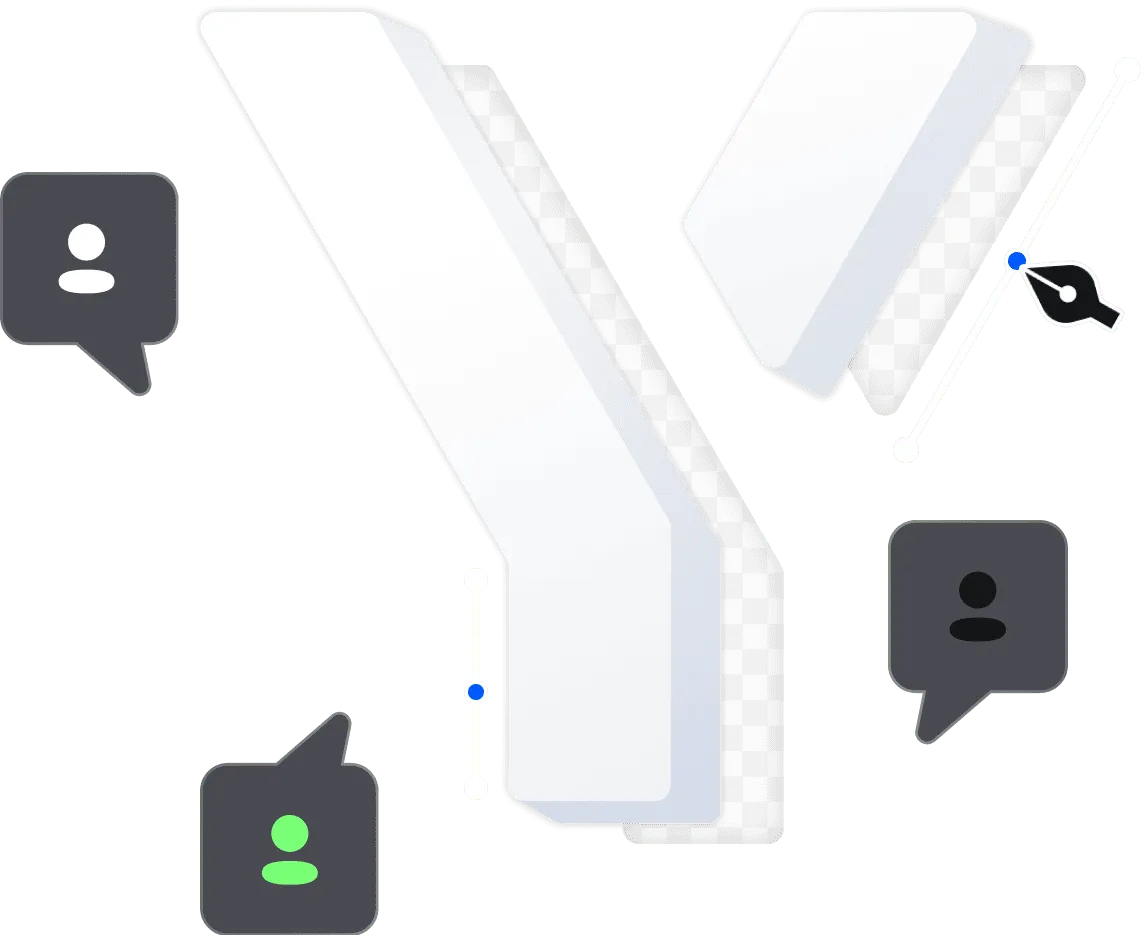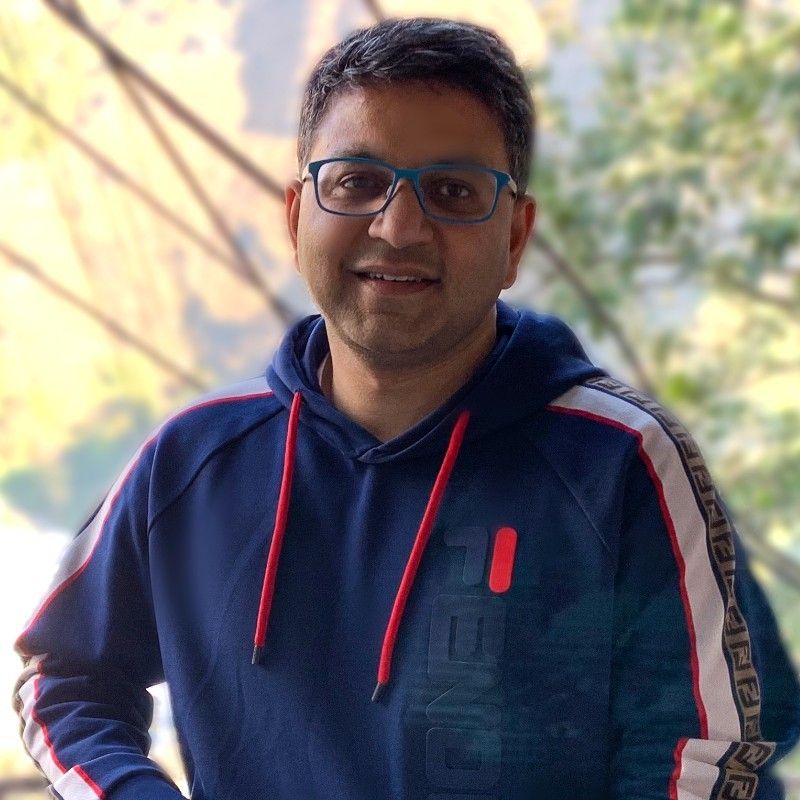Project Discovery Phase: Meaning, Steps, and Best Practices

Underestimation and intentional ignoring of the discovery phase of a project give rise to drawbacks, unpredictable budget boosting, a lack of demand among users, and other flaws. Such an insignificant, at-first-sight step serves as a basement or pre-implementation exploration of project relevance. Turning to statistics, it becomes clear what the main pitfalls of project accomplishment are. According to research, 45% of projects surpass the estimated budget, and 7% require more time for delivery. Another statistic states that 42% of IT startups fail because they do not match market demands. But these could not have happened if companies devoted time to the discovery stage.
What Is the Discovery Phase of a Project?
The stage of initial project discovery is a paramount step in the project management process. It is a sign of a professional and well-balanced approach to the future product realization. As a rule, it involves thorough research, analysis, and planning to identify key aspects and requirements of a project before its implementation begins. During this phase, project managers and teams work together to gather information, define objectives, and understand the project's scope.
The main task of the discovery phase of a software project is to predict all the possible challenges/prospects and try to minimize risks, offering the safest and most secure way for product implementation. It is like an emergency plan where you involve the specialists for expert situation evaluation before hitting the road and giving promises. Such a guarantee of success is always well-planned and refers only to facts.
Drawbacks of Skipping Discovery Phase When Working on a Project
In today's rapidly developing world, agile methods have become popular in project management. One aspect of this approach is the discovery phase, which is crucial in preparing the ground for a successful project. However, in their eagerness to jump into development, some organizations skip or overlook the essential product discovery phase. This practice may result in several disadvantages that can hinder project success.
Skipping this phase can lead to a variety of negative results.
-
Miss the opportunity to identify project risks and potential challenges early on.
-
Development efforts may lack direction and suffer from miscommunication, resulting in a fragmented final product that does not meet expected outcomes.
-
Lack of clarity around the project's scope and requirements.
-
Increased risk of developing a product that does not resonate with the intended users, leading to poor adoption rates or even failure in the market.
-
Limit opportunities for revolutionary and innovative problem-solving.
This phase provides a platform to explore ideas and potential solutions, encouraging out-of-the-box thinking. Without it, projects may remain confined to traditional approaches, missing breakthrough ideas and competitive advantage opportunities.
The agile discovery process allows teams to deeply understand the project's objectives, target audience, and market requirements before diving into development. It involves comprehensive research, user questionnaires, analysis of competitors, and iteratively testing assumptions.

Pivotal Steps of the Discovery Phase
Some companies consider the project management discovery phase optional and treat it like a time and money-wasting process based only on experts' judgments and experience. However, it is a well-tailored procedure that refers to a strict plan and in-depth individual analysis of every project and its needs. Typically, it includes the following steps:
1. Research and Information Collection
The project-involved team accumulates and interprets applicable data, market tendencies, industry best practices, and any existing documentation related to the project. This information provides a comprehensive understanding of the project's background and assists in formulating an effective strategy.
2. Stakeholder Engagement
During the discovery phase, it is essential to involve all pivotal stakeholders, including customers, end-users, project investors, and subject matter experts. Their inputs and perspectives help define project goals, objectives, and success criteria.
3 Defining Project Scope
The scope of the project recaps the borders and deliverables of the project. It involves specifying pivotal features, functionalities, and requirements. The discovery phase helps refine the project scope by considering various factors such as budget, timeline, and available resources.
4 Risk Assessment
During the product discovery phase, potential risks and uncertainties related to the project are identified and evaluated. It includes assessing technical, operational, and financial risks. It allows the team to design practical risk mitigation approaches to minimize the consequences on project outputs.
5. Prototyping and Proof of Concept
In specific projects, the discovery phase may imply creating prototypes or proof of concepts to validate ideas and accumulate feedback. It enables visualization of the proposed solution and ensures its compliance with stakeholder expectations.
6 Documentation
Throughout the discovery phase, detailed documentation is compiled to capture all the findings, requirements, objectives, and project plans. This documentation acts as a reference point for the project team and helps communicate the project's vision to all stakeholders.
Such a project discovery template is a foundation for the product life cycle. Its successful completion enables the project team to proceed with clearness, priority, and a well-aimed direction. By spending time and effort in this phase, project managers increase the likelihood of achieving project success while minimizing potential risks and challenges.
What is the Discovery Phase Expert Team?
The quality and outcomes of product discovery depend on the specialists' qualifications and experience. The fortune of the product-to-be is not monopolized in the hands of one person. Often, this duty is shared between development-related experts who can adequately analyze the situation and give practical recommendations. The following team may be involved in achieving positive discovery phase deliverables.
-
Project Coordinator: The Project Manager oversees and coordinates all processes, ensuring effective contact within the team.
-
Research Analyst: The business analyst extensively researches competitors' and users' needs. They then consolidate this information to define the necessary features, anticipate potential issues, and shape the overall vision of the end product.
-
User Experience/User Interface (UX/UI) Designer: This part focuses on understanding users' pain points and necessities. The UX/UI Designer utilizes this knowledge to create user-friendly and visually attractive interfaces through mockups, wireframes, and prototypes.
-
Developer: The Developer evaluates the technical aspects of the discovery projects, suggesting the most suitable approaches for developing specific features. They may also identify any technical limitations and suggest alternative solutions. Additionally, the Developer creates the product architecture.
-
Quality Assurance (QA) Engineer: The QA Engineer may be involved in the discovery process to provide insights into potential problem areas during the solution execution and subsequent QA testing phases. Their expertise helps guarantee an upscale final product.
By effectively fulfilling these roles, the team contributes to a comprehensive and successful discovery phase agile approach, laying the foundation for a well-executed project.
Mastering the Product Discovery Phase: Best Practices for Success
The product discovery phase is vital in crafting any successful digital product. It is during this phase that ideas are converted into ingenious solutions. When striving to ensure a flawless and prolific product discovery process, it is essential to pursue best practices. We will explore critical guidelines for implementing the product discovery phase, combining industry standards and practical insights.
Assemble a Cross-functional Team
To kickstart the product discovery phase, bring together a diverse team of product managers, UA/UX designers, engineers, marketers, and representatives from customer support. This cross-functional approach helps compile insights from various perspectives, facilitating well-rounded discussions and solutions.
Define Clear Objectives and Goals
Establishing clear intents and goals is crucial to steer the product discovery phase in the right direction. These objectives should match the overall business goals and consumer needs, setting a focused path for the team.
Conduct User Research
Customer research is the foundation of a successful agile discovery phase. Engage with probable users, perform surveys and polls, and watch user behavior to gain deep insights into their needs, sensitive points, and likings. This information forms the basis for developing user-oriented products.
Create Customer Personas and Journey Maps
Based on the amassed insights, design personas and journey maps. Personas are imaginary representations of your target audience with distinct characteristics, needs, and aspirations. Journey maps highlight the consumer's interaction with the project and sort out touchpoints where improvements can be made.
Ideation and Collaboration
Encourage a collaborative discovery session, meaning brainstorming to generate various ideas. Create an easy-to-reach environment where involved team members can freely express their thoughts and contribute innovative solutions. Employ methodologies such as design thinking or creativity workshops to ensure a structured approach.
Prioritize Features and Define Minimum Viable Product (MVP)
Not all ideas can be implemented at once. Prefer features built on user needs, business priorities, and feasibility. Define the Minimum Viable Product (MVP), which includes only essential features necessary to solve the user's core problem. It allows for quicker iteration and validation of the product.
Rapid Prototyping and User Testing
Transform prioritized ideas into tangible prototypes. Rapidly iterate and refine these prototypes referring to user feedback. Carry out usability testing and iterate further, integrating customer insights into the design. This iterative process eliminates the risk of product crafting that does not resonate with the target audience.
Constantly Communicate and Iterate
Maintain clear and frequent communication between the product discovery team and stakeholders. It also requires progress sharing, feedback analysis, and iteration that is based on received insights. Continuous collaboration ensures that designs and features align with evolving requirements, enhancing this discovery project phase.
Utilize Data and Analytics
Utilize data analysis potency in order to monitor user behavior, measure feature performance, and make data-based decisions. Exploit user analytics instruments to receive insights into user engagement, conversions, and retention rates. This information helps refine the product and validate assumptions throughout the discovery phase.
Maintain Flexibility and Adaptability
The product discovery phase is inherently iterative. Be open to pivoting, adjusting goals, and adopting new ideas based on feedback and emerging market trends. Embrace change, as it provides opportunities to enhance product-market fit and deliver faultless user experiences.
Mastering the discovery project management requires a thoughtful and strategic approach. Organizations can generate innovative and user-needs-oriented solutions by assembling a diverse team, conducting painstaking user research, and practicing effective collaboration. By incorporating continuous iteration, data analytics, and adaptability, companies can ensure that their product discovery process remains successful and applicable in a constantly maturing digital landscape.
Bottom Line
Of course, it is up to the creators to implement the discovery phase into the product creation process. However, referring to statistics and positive outcomes always ensures it is advisable to turn to experts like Yojji, who may identify what discovery project needs you have and perform it at the upscale level. If you care about positive outcomes and flawless product creation that will always be in demand, give the discovery phase enough consideration when developing solutions.

Yojji successfully delivered the project within schedule. They demonstrated excellent project management via weekly sprint demos and promptly made adjustments based on the client's feedback. Their responsiveness and collaborative attitude were key elements of their work.

5.0
Yojji was an instrumental part of the client’s team, working closely with them to achieve the product’s success. The team was very collaborative and timely, and their performance was amazing. Additionally, their resources were experienced, professional, and enjoyable to work with.

5.0
Yojii is impressive both in quality of development work as well as their commitment. Strong focus on delivery, highly technical personnel, flexible approach that allows for rapid development. Strong processes that allow for solid controls.

5.0
We’re very happy with the way that Yojji works, which is why we’ve spent so much money and engaged them for such a long time. We treat them as employees in regard to responsibilities and expectations, and they haven’t disappointed us.

5.0
As a company, we find Yojji to be excellent development partners - we cannot recommend them more highly and will be very happy to continue working with them in the future.

5.0
They are really nice people with excellent technical backgrounds.

5.0
We used Agile project management methodology and were in contact with the team and project manager daily.

5.0
They all had a super positive outlook and were dedicated to getting the work completed to a high standard.

5.0
Yojji has delivered an accessible product with thorough consideration for the client's requirements. Users have commented on the platform's user-friendliness and speed. Moreover, the team is easy to communicate with and provides frequent updates. Their development and design skills are impressive.

5.0





